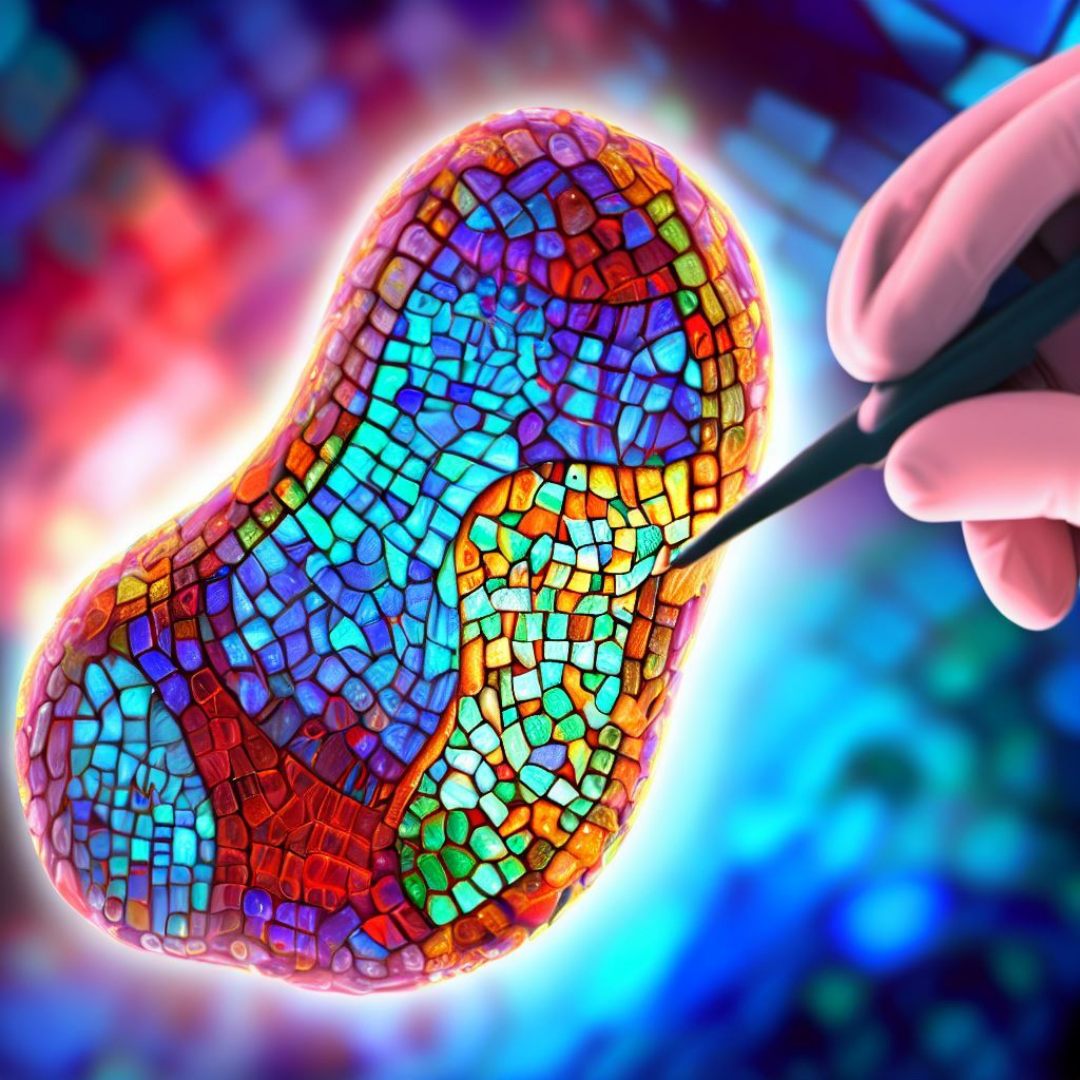Scientists from ETH Zurich and the University of Geneva have unveiled a technique capable of effecting numerous simultaneous genetic alterations in animal cells.

A revolutionary technique has been pioneered, allowing the selective deactivation of different genes within individual cells of an organ, culminating in the creation of a mosaic of genetically altered cells. This groundbreaking research, shedding light on the origins of a rare genetic disorder, has been published in the journal Nature.
In the pursuit of comprehending the genetic underpinnings of diseases, animals like mice are frequently employed in research. Scientists employ techniques to “knock out” genes, unraveling their functions and exploring the resulting biological consequences.
However, numerous diseases stem from the interplay of multiple faulty genes, making it a formidable challenge for researchers to dissect the involvement of individual genes in disease. This often necessitates distinct groups of experimental animals for the study of each gene.
Now, scientists from ETH Zurich and the University of Geneva have unveiled a technique capable of effecting numerous simultaneous genetic alterations in animal cells. This enables the modification of cells in individual organs, ultimately fashioning an animal resembling a mosaic. While prior studies achieved this in lab-cultivated cells or embryos, this breakthrough extends into live adult mice.
Their CRISPR-based technique involved utilizing an adeno-associated virus (AAV) to guide the CRISPR-Cas genetic “scissors” towards their target genes. By infecting mice with a blend of viruses honed in on a specific gene, they achieved the deactivation of multiple distinct genes within the cells of a solitary organ.
In this study, the team zeroed in on the brain, delving into the potential genetic triggers of a rare disorder known as 22q11.2 deletion syndrome (22q11.2DS). The condition encompasses a range of features, including heart defects, developmental delays, speech impediments, learning disabilities, and associations with conditions like schizophrenia and autism spectrum disorders.
This syndrome’s genetic roots lie within a segment of chromosome 22 harboring 106 genes. While it was established that multiple genes contribute to the disease, the specific culprits remained elusive. Focusing on 29 genes within this region, active in both mice and humans, they altered one of the 29 genes of interest in each individual mouse brain cell.
By scrutinizing ensuing shifts in gene expression, the researchers pinpointed three genes influencing brain cell function, uncovering potential leads for drug development to address abnormal activity in diseases. The technique’s applications extend to various genetic disorders, with the potential to modify hundreds of genes per experiment.